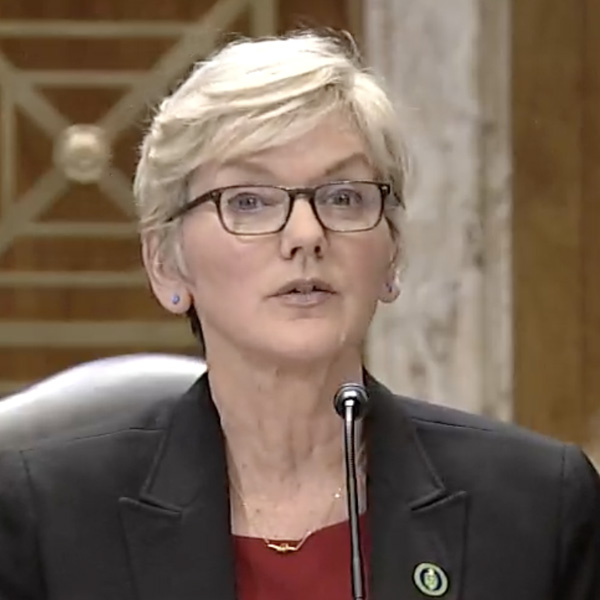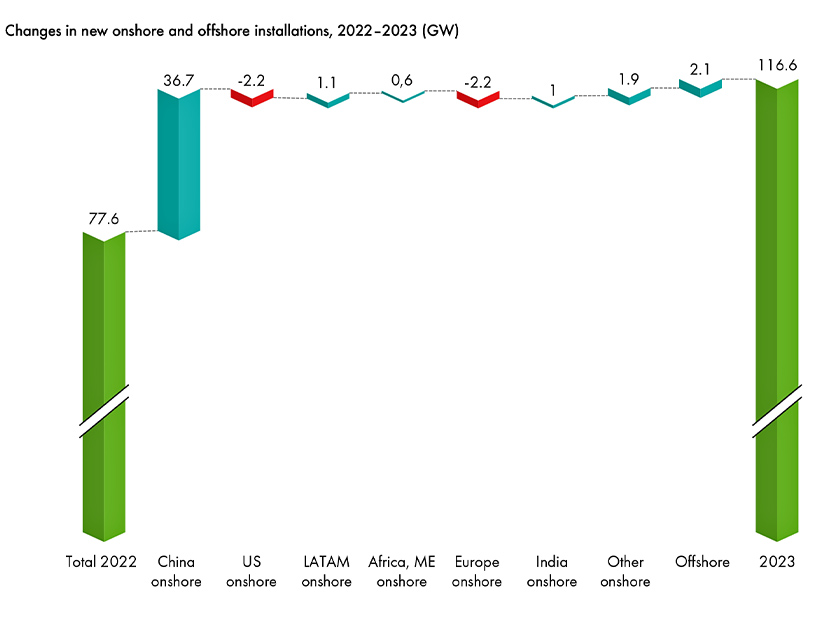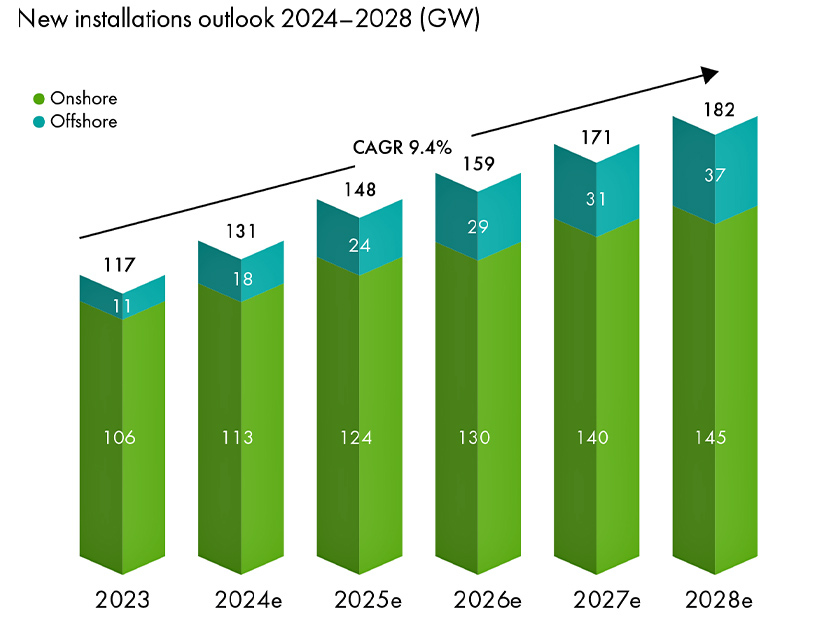The U.S. Department of Energy has released its roadmap to speed interconnection of new clean energy projects to the nation’s grid.
The framework announced April 17 is also intended to clear the queue of backlogs that have developed in the past decade, during which renewable energy interconnection requests have grown by 300 to 500%.
It is intended as a guide for stakeholders, including transmission providers, interconnection customers, regulators, manufacturers, consumer advocates and energy justice communities. It is a collection of potential strategies rather than a rigid list of prescriptive fixes.
DOE said its Interconnection Innovation e-Xchange (i2X) began working on the first-of-its-kind “Transmission Interconnection Roadmap” in June 2022. Midway through the process, in July 2023, FERC issued its landmark Order 2023, seeking to accomplish many of the same interconnection streamlining goals.
The DOE roadmap’s authors indicate the new document contains some solutions that relate to Order 2023 while other solutions support a longer-term evolution of the interconnection process.
The roadmap is intended to complement and support implementation of Order 2023 by focusing on issues that Order 2023 may not resolve, such as balancing stricter requirements placed on interconnection customers with open access and equity considerations; incentivizing faster interconnection studies; and better coordinating affected system studies.
The roadmap also seeks to address issues not raised in Order 2023, such as data transparency, automation, cost allocation and workforce development.
The roadmap’s authors anticipate further overlap as FERC completes its rulemaking on transmission planning. The interconnection process and transmission planning are so closely linked that some of the roadmap’s solutions involve transmission planning, the authors write, but its focus is on interconnection reform.
DOE later this year expects to issue a draft of a companion roadmap focusing on the distribution grid.
“Clearing the backlog of nearly 12,000 solar, wind and storage projects waiting to connect to the grid is essential to deploying clean electricity to more Americans,” U.S. Secretary of Energy Jennifer M. Granholm said in a news release.
Goals and Suggestions
The roadmap frames the problem as one of volume: The U.S. grid saw fewer than 1,000 interconnection requests per year in the 2000s and as many as 3,000 per year in the past decade. The generation capacity represented in these requests has jumped from 150-200 GW per year to 400-750 GW.
The roadmap is framed around four primary goals, and it suggests solutions for each:
-
- Increase data access, transparency and security for interconnection by improving data on projects already in queues; enhancing interconnection study models and modeling assumptions; and developing tools to manage and analyze data.
- Improve the interconnection process and timeline through better queue management; improved affected system studies; a more inclusive and fair process; and workforce development focused on technical expertise needed in many industry professions.
- Promote economic efficiency in interconnection through better cost allocation; closer coordination between interconnection and transmission planning; and a revised model for interconnection studies.
- Maintain a reliable, resilient and secure grid by improving interconnection reliability assessment models and tools, and by developing comprehensive interconnection standards for things such as IBR capabilities and expected project performance.
The roadmap also includes four target metrics by which to judge improvements:
-
- An average time of less than 12 months for completed projects to move from interconnection request to interconnection agreement. As of 2022, this is averaging 33 months; the best performance since 2003 was 18 months in 2005-2008.
- A standard deviation of interconnection costs of less than $150/kW for all projects. As of 2020-2021, it was $551/kW; the best since 2007 was $154/kW in 2010-2011.
- A completion rate of greater than 70% for projects that enter the facility study phase. As of 2016, it was 45%; the best since 2006 was 55% in 2007.
- Zero annual NERC disturbance events involving unexpected tripping of IBRs not identified in offline analysis due to inaccurate IBR models. In 2022 there were four such events; the last time there were zero was in 2019.


